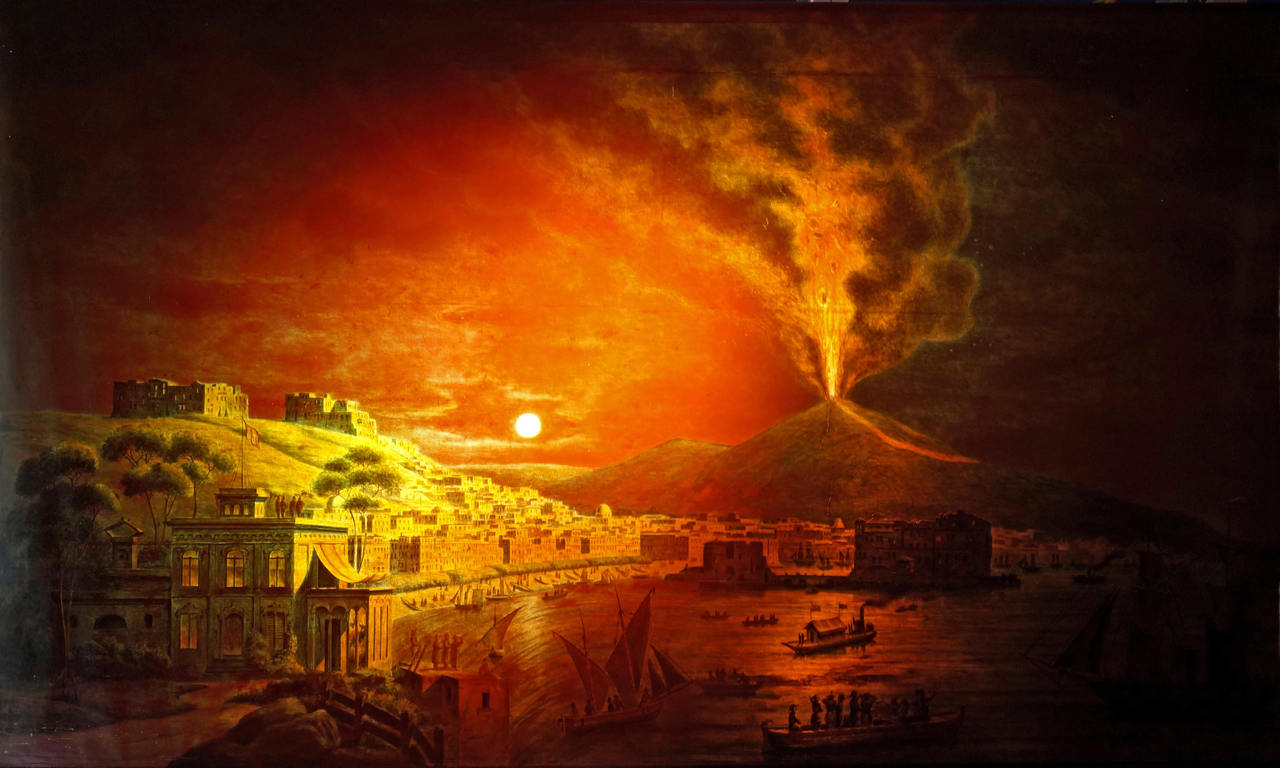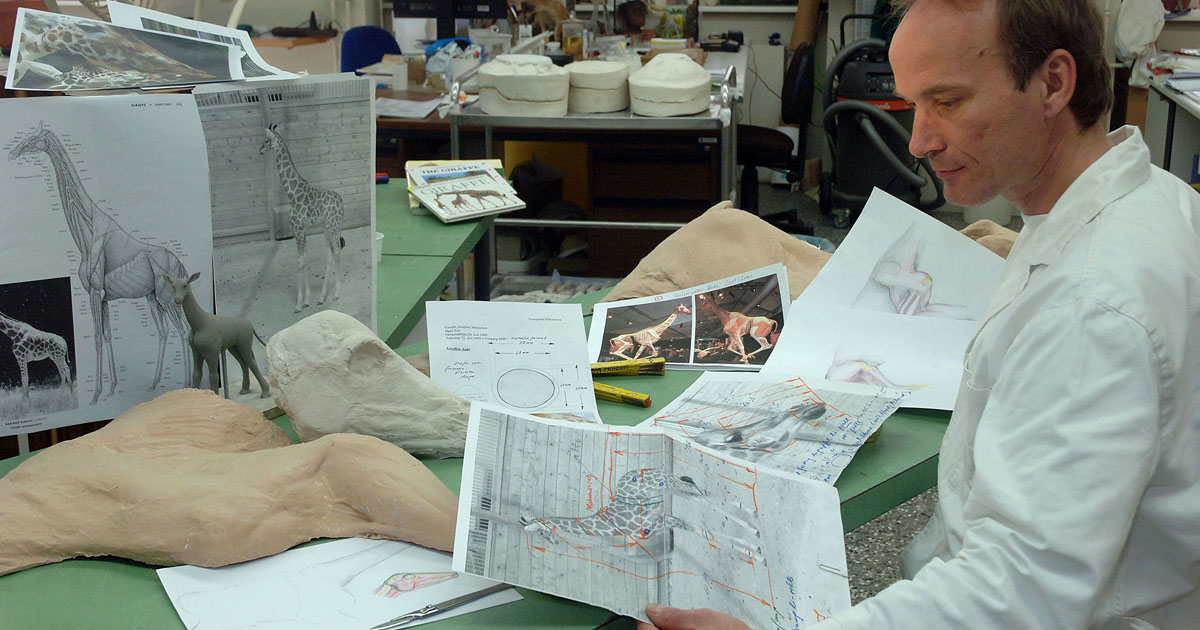Down to the smallest Detail
Is the big cat on display in the museum "real"? What is the gold standard for taxidermy? The SCHIRN MAG explores the work of zoological taxidermists...

The diorama explores human knowledge of the world, not without influencing and perpetually challenging the viewer’s perception
The diorama explores human knowledge of the world, not without influencing and perpetually challenging the viewer’s perception


The exhibition focuses on the diorama, which is used to realistically stage events, stories, and habitats
The exhibition focuses on the diorama, which is used to realistically stage events, stories, and habitats

Dioramas are scenes in display cases set against a painted semicircular background, which the viewer observes through a glass panel.
The SCHIRN presents a major exhibition dedicated to the cultural history of vision. It focuses on the diorama, which is used to reconstruct and realistically stage events, stories, and habitats with the aid of various means. Invented in the nineteenth century by the French painter and photography pioneer Louis Daguerre as a playhouse enlivened with light effects, it, as a glass showcase became the presentation form par excellence for natural history museums.
The diorama has been a crucial source of inspiration to this day: Numerous artists of the twentieth and twenty-first centuries address questions of staged vision in their works by questioning and dissolving the illusion of a reconstructed reality.
The exhibition presents impressive dioramas and works by such artists as Mark Dion, Isa Genzken, Robert Gober, Mathieu Mercier, Kent Monkman, Hiroshi Sugimoto, and Jeff Wall.
The exhibition was organized by the SCHIRN KUNSTHALLE FRANKFURT in collaboration with the Palais de Tokyo, Paris

Tip. In addition to the wide range of dioramas portrayed, the catalogue texts are unbelievably diverse. They range from the detailed analyses by Carl Akeley, the inventor of the dioramas at the American Museum of Natural History, to a letter by Anselm Kiefer to the curator and Donna Haraway’s famous text on the “teddy bear patriarchy”

Is the big cat on display in the museum "real"? What is the gold standard for taxidermy? The SCHIRN MAG explores the work of zoological taxidermists...

How the world’s first snow globe came about and why even adults are unable to resist them: A phone call with Erwin Perzy III, grandson of Erwin Perzy,...

As part of the “Immersion” series, British artist Ed Atkins is presenting an exhibition at Martin-Gropius-Bau that addresses our ubiquitous escapism...

Its productions turn the theatergoer into an actor: An interview with performance collective SIGNA about immersion, fiction and its play “Das halbe...

Sand, soft ice cream and escapism: In large-format photo books, photographers from Martin Parr to Pamela Littky offer an escape from the daily grind.